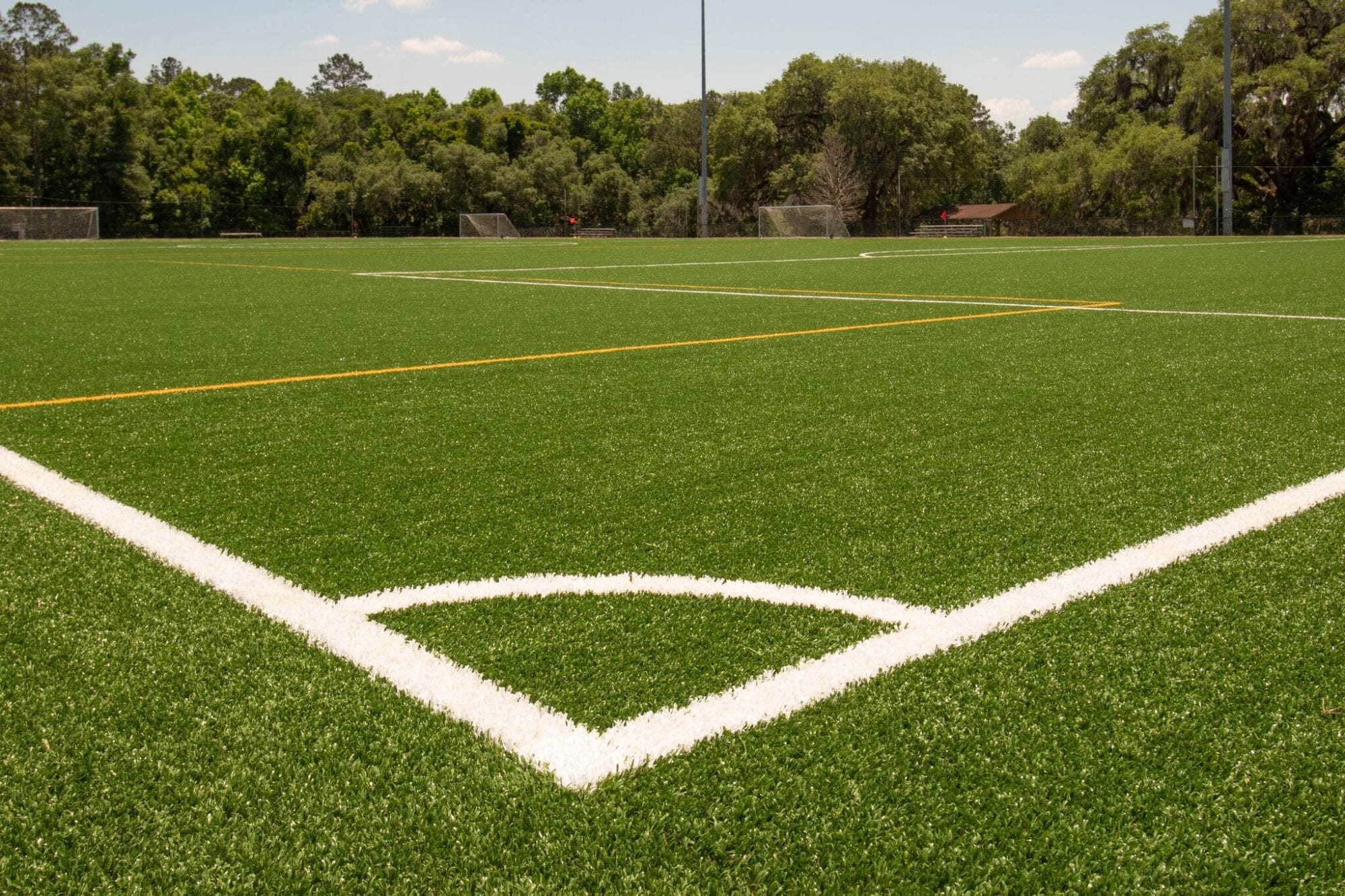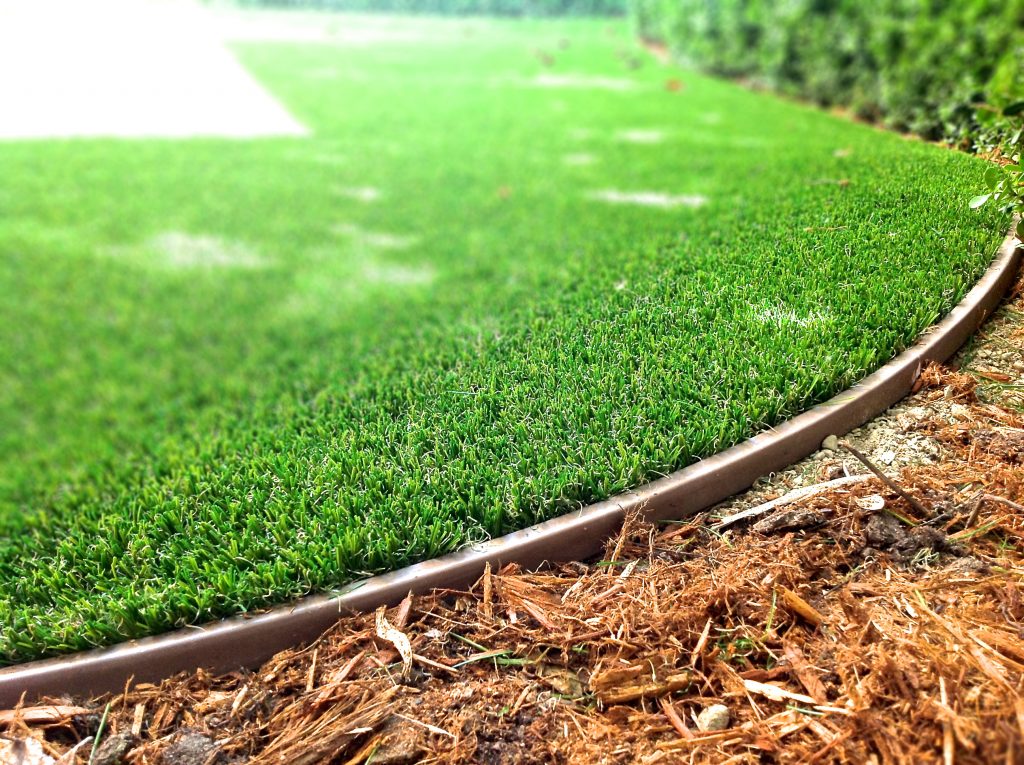Tailored Turf Installation Phoenix AZ for Residences, Companies, and Recreational Spaces
Tailored Turf Installation Phoenix AZ for Residences, Companies, and Recreational Spaces
Blog Article
Explore the Environmental Perks of Opting for Artificial Turf Solutions
The adoption of fabricated grass remedies presents an engaging possibility to attend to pushing ecological obstacles. By considerably lowering water usage and lessening the application of damaging chemicals, these options not only promote sustainable landscaping however also shield neighborhood communities. The reduced carbon impact connected with decreased maintenance tasks adds to a much more lasting approach to land management. However, the implications of these benefits expand beyond simple preservation initiatives, elevating concerns concerning their long-lasting effect on environment preservation and total ecological equilibrium. Discovering these measurements discloses a complicated interaction worth taking into consideration.
Water Conservation Advantages
One of the most substantial advantages of fabricated lawn is its capacity to save water. In comparison, synthetic lawn does not require watering, dramatically reducing the general demand for water sources.
By getting rid of the need for regular watering, fabricated lawn adds to sustainable landscape techniques and helps alleviate the ecological impact of too much water consumption. The conservation of water prolongs to the reduction of drainage, which can lead to soil disintegration and waterway contamination.
Furthermore, the installment of synthetic grass enables homeowners and municipalities to allocate water sources a lot more efficiently, concentrating on essential uses such as alcohol consumption water and farming. The change in the direction of synthetic grass not only promotes liable water usage however also lines up with broader environmental goals targeted at preserving natural deposits.
As areas significantly prioritize sustainability, the water preservation advantages of synthetic grass present a compelling case for its fostering in commercial and household landscape design jobs.
Reduced Chemical Usage
The transition to fabricated lawn dramatically lowers the reliance on chemical treatments commonly used in natural yard upkeep. Standard lawn monitoring generally involves the application of plant foods, chemicals, and herbicides to promote growth and control bugs. These chemicals can pose threats to human health and wellness, regional wild animals, and the atmosphere, contributing to dirt and water contamination.
In contrast, synthetic grass removes the demand for these dangerous substances. When mounted, it needs minimal maintenance, primarily being composed of regular cleansing and infrequent infill replenishment. This reduction in chemical use not just benefits the immediate environment but additionally adds to more comprehensive environmental stability. By minimizing the release of artificial substances right into the community, fabricated lawn advertises healthier soil and water supply.
Furthermore, the absence of chemical overflow related to synthetic grass installments assists safeguard local waterways from air pollution, supporting water life and keeping biodiversity. Artificial turf companies phoenix. As neighborhoods significantly prioritize sustainable practices, choosing synthetic grass presents a practical solution that straightens with environmental preservation goals. Via this change, home owners can enjoy lush green spaces without endangering eco-friendly wellness, leading the way for a more lasting future
Lower Carbon Footprint

Moreover, the installment of man-made lawn can lead to significant water conservation. Natural grass call for significant quantities of water for irrigation, which not just contributes to the carbon footprint connected with water removal and treatment however likewise stress neighborhood water sources. In comparison, artificial turf requires very little maintenance, requiring no watering, therefore dramatically reducing water usage and its linked power prices.
Furthermore, the durability of synthetic grass adds to its lower carbon influence. With a life expectancy of as much as 15 years or more, the demand for frequent replacements is lessened, resulting in less waste and reduced energy consumption in production and throwing away traditional grass options. On the whole, synthetic grass provides a sustainable alternative for ecologically mindful landscaping.
Environment Conservation
Habitat conservation is a critical factor to consider in the discussion over landscape design options, especially when contrasting synthetic grass to natural turf. Natural grass yards usually need substantial upkeep, including the usage of pesticides, herbicides, and plant foods, which can negatively impact local environments. These chemicals can leach right into the soil and waterways, hurting indigenous plants and animals and interrupting local environments.
In contrast, fabricated grass presents a possibility to decrease the ecological impact of landscape design. By going with artificial turf, home owners can reduce the interruption of natural environments connected with conventional grass treatment methods. Fabricated turf gets rid of the demand for dangerous chemicals, thus shielding nearby wild animals and keeping the honesty of surrounding ecosystems. Additionally, the installment of synthetic grass can cause the conversion of previous grass areas into more biodiverse landscapes, such as pollinator gardens or indigenous plant locations, which can sustain neighborhood wildlife.
Eventually, the shift to synthetic grass not only saves water and decreases maintenance efforts but also fosters a more harmonious partnership in between human tasks and the natural surroundings, advertising environment conservation in the procedure.
Long-Term Sustainability
Lasting sustainability is an essential consider assessing the advantages of artificial grass over standard turf lawns. Among one of the most substantial benefits of synthetic grass is its longevity; it can last up to 15-20 years with minimal upkeep, whereas natural yard needs frequent reseeding and replacement. best site This long life decreases the need for continuous resources, such as water, plant foods, and pesticides, which are vital for keeping a healthy and balanced grass yard.
Additionally, synthetic grass adds to a reduction in carbon discharges related to lawn treatment equipment. Typical yards usually need gas-powered lawn mowers, trimmers, and blowers, every one of which add to air pollution. Turf installation phoenix az. On the other hand, synthetic grass eliminates the requirement for such equipment, promoting a cleaner setting
Furthermore, the production of artificial grass significantly utilizes recycled products, boosting its sustainability account. As manufacturers embrace green methods, the ecological footprint of man-made grass remains to decrease.

Verdict
The fostering of synthetic grass services offers considerable ecological advantages, including substantial water conservation, minimized reliance on hazardous chemicals, and a reduced carbon footprint. In addition, man-made turf help in preserving all-natural environments by decreasing land disruption and advertising long-lasting sustainability via making use of sturdy products. Jointly, these factors highlight the possibility of synthetic grass to add positively to environmental wellness and offer a practical choice to traditional landscaping methods in an increasingly resource-conscious world.
In comparison, synthetic grass does not require watering, considerably lowering the overall demand for water sources. By decreasing the release of artificial compounds into the environment, fabricated lawn promotes healthier soil and water systems.
Furthermore, the visit this web-site setup of synthetic turf can result in substantial water conservation. In comparison, artificial turf needs minimal maintenance, requiring no watering, thereby considerably decreasing water usage and its connected energy costs.

Report this page